From the very start of my yoga path, I have been attracted by this question; what is yin yoga? Ten years ago, I did my first shiatsu training (very simply said: finger pressure, acupuncture without the needles) and I loved giving treatments as I was fascinated by the results of TCM (Traditional Chinese Medicine).
As yoga became my path, asanas (postures) were of interest as well of course. And, as a personal life coach, mindfulness has always been important in my coachings and yoga lessons.
So looking back, I very gradually started collecting knowledge and I now believe that I was kind of destined to start teaching yin yoga! It has three awesome ingredients that still make my heart sing : Yoga, TCM (Traditional Chinese Medicine) and Mindfulness.
Over the years though, many people have asked me: But what is yin yoga exactly? How do these three very different streams, theories and philosophies come together? Isn’t yoga originally Indian and yin/yang more Chinese or Japanese?
Isn’t it dangerous to hold postures for so long?
How can you meditate whilst being in a posture?
Is it supposed to hurt?
Does it ‘work’?
Let me shine a light on the topic of yin yoga. Being grateful to my yin teachers, Sarah Powers and Bernie Clark for their teachings along the years.
The 3 components of yin yoga
Yin yoga can be seen as a contemplative style of yoga, encouraging the integration of body, mind and spirit.
Asanas
On a physical level, it describes how to practice postures in a yin way, usually holding postures for 3 to 5 minutes, or longer.
What happens is that we are rejuvenating the fluid content in the joints within their natural range of motion. In other words, we are addressing the connective tissues in our bodies, whilst protecting compromised areas with props or by activating muscles. Yin yoga stimulates the flow of energy in our body so we have more ease and comfort when we are still, for example, in meditation. This style of yoga can be a very useful addition to any yang asana practice.
The terms Yin and yang are descriptive terms that are used to describe all levels of phenomena. If yin is the stable, unmoving, hidden; yang will be the changing, moving and revealing aspect. These two relative aspects always coexist, there is never one without the other.
Yang forms of yoga are more active. We focus on moving the blood and exercising the muscles to make the muscles stronger. The more action and appropriate rest, the stronger you become. In yin yoga, we work on the connective tissues. We are maintaining a non-rhythmic static position to stimulate circulation. Within our natural range of motion, but to the furthest range of motion.
Traditional Chinese Medicine
Furthermore, in yin yoga, we integrate Traditional Chinese Medicine to understand how to actively remove energetic blockages, get a better absorption of Qi and work on increased vitality. By holding specific postures longer, we get Qi or energy, to flow through invisible energy pathways, called meridians (or nadis in Indian systems), resolving any disharmonies, enhancing and restoring energy.
Mindfulness
A third component of yin yoga, next to addressing the connective tissues and integrating TCM, is Mindfulness. With one of the definitions of yoga in mind; stilling the fluctuations of the mind, one sees that yin yoga requires a cultivation of patience and awareness for clarity to arise, to become more awake.
We are doing less and there is more being, by being still in the postures. By taking our body and mind to the appropriate edges and to become very aware of our breath, emotions, feelings, sensations and thoughts.
The mindfulness aspect of yin yoga invites us to take this attitude on and off the yoga mat… To become more aware of our emotions, is to harmonize emotions. And by accepting and staying with our emotions in a non-judgmental way, we are flushing Qi to the corresponding organs that make some emotions rise. Overwhelming emotions can have a serious impact on our bodies and on others, so we address them. With doing just this, we develop more compassion, directly impacting our relationships with others.
Consistent practice will defuse our negativity and aggressive emotions. It will make us more aware, softer and more conscious.
Ultimately, understanding and accepting yourself more.
I can only invite you to try yin yoga at a school near you or on a yoga retreat and see how you feel during and, especially afterwards.
Namaste,
Rachel
Rachel Bonkink
I adore teaching yoga and meditation and I get a kick out of coaching really cool people, the kind of people that come on my retreats 🙂 I enjoy life as much as possible and preach about life being too damn short to worry or be upset. When I’m not home in Essaouira, I might be hosting a retreat somewhere or I’m being very silent in some cave, on an island or at a meditation retreat.
I welcome any and all questions. You can contact me directly using the form on the Revealing Vajra website, or have a ‘social media go’ with the buttons here below.
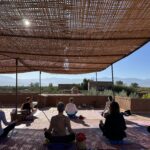


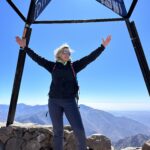
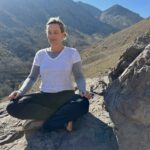

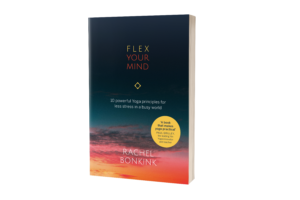
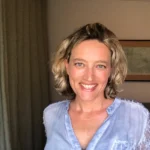

Leave a comment